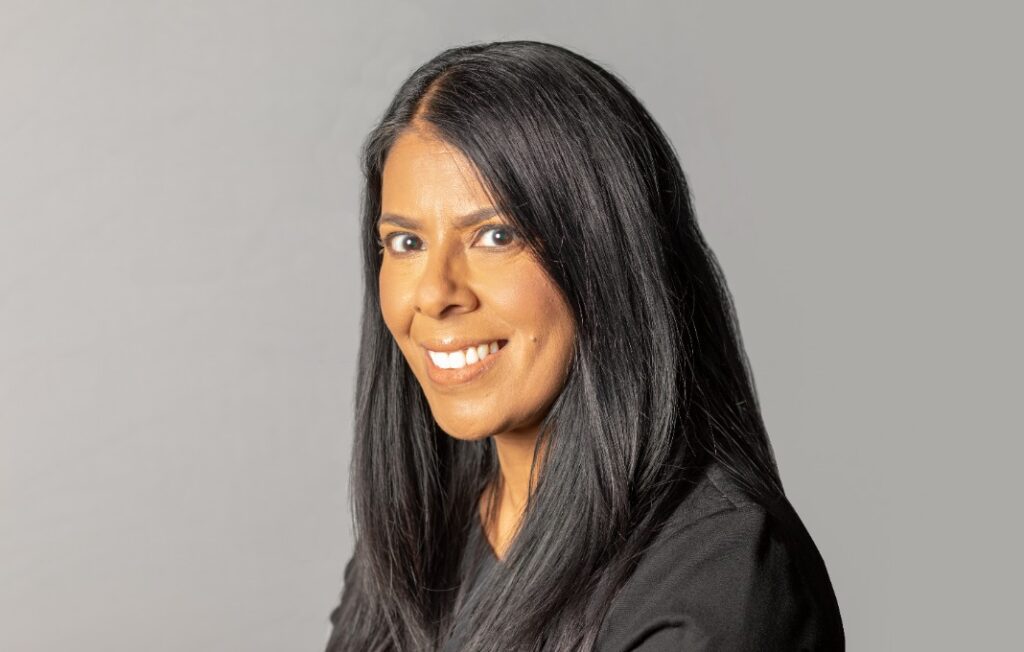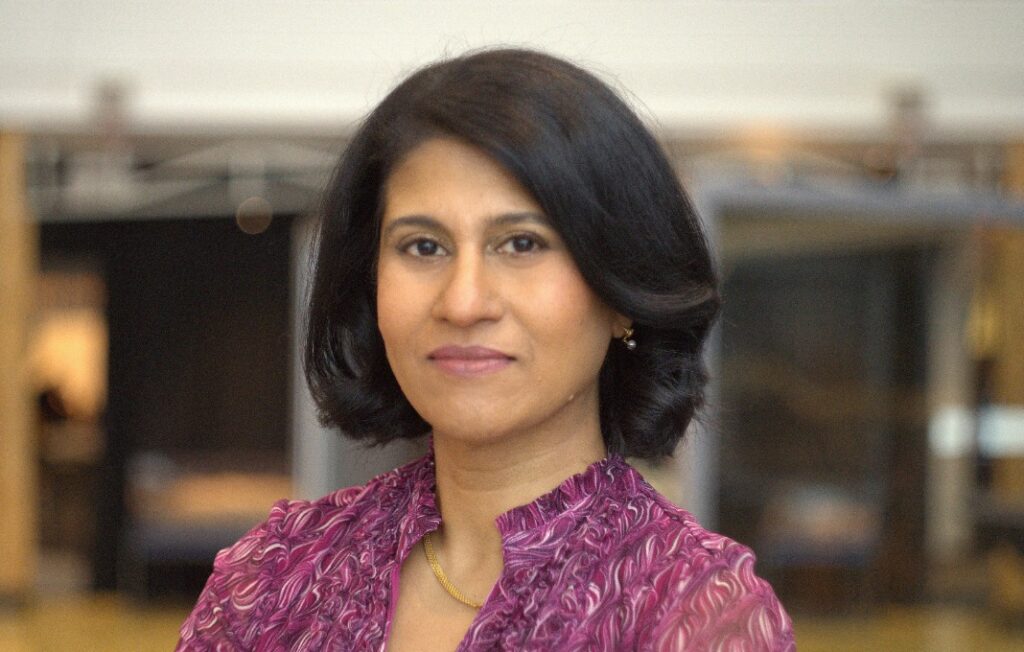The Black Lives Matter protests in 2020 put racism, equity and inclusion at the center of America’s social discourse. Of course, these issues were not new, in society at large or in the nation’s workplaces. Indeed, although the movement that began in 2020 has elevated the discussion, top chief human resources officers have been grappling with how to nurture diverse, equitable and inclusive workforces for many years.
For them—and as the scrutiny on companies has increased, for an increasing number of CHROs in recent years—the question has become how to do DEI well, not whether or not to do it.
“Is it perceived as an optics piece, or is it perceived as compliance? Is it perceived as a changing people issue? All of those things are interesting, but it’s really an organizational issue,” says Al Segars, PNC distinguished professor of strategy and entrepreneurship at UNC Kenan-Flagler Business School. “You’ve got to change the organization, and that means you’ve got to look at policies, you’ve got to look at procedures, and you’ve got to look at the way you hire and promote and whether all of those things are appropriate for today’s workplace.”
While these questions are relevant to all organizations, startups and younger companies typically have an edge, as they have been more likely to bake an awareness of diversity, equity and inclusion issues in from the beginning. Older companies that have developed procedures and systems over decades may be much slower to adjust.
But for all companies, there’s a growing awareness that getting diversity, equity and inclusion right isn’t just the right thing to do, it directly impacts the bottom line. “We have known for years that DEI—if done right—is more than a feel-good endeavor. It’s good business,” says Holly May, EVP and global chief human resources officer at Walgreens Boots Alliance. “Studies have shown that companies with a diverse workforce have increased productivity, make fewer errors and are able to expand their customer base and revenue.”
Why Diversity Matters
For CHROs and companies today, getting DEI right matters a lot, and it requires going beyond basic metrics such as hiring or promotion numbers. CHROs must keep these factors in mind, of course, but also aim to create an inclusive environment where employees feel welcome and comfortable. Companies where employees are able to “bring their whole self to work,” are better able to “drive engagement and a culture of agility, creativity and collaboration,” May says.
If companies are treating DEI as primarily an optics issue or a marketing effort—which some still do—it usually means they’re missing out on major opportunities, says Andrés Tapia, senior client partner, ESG and DE&I strategist at Korn Ferry. Tapia recalls a major automaker gathering its executive team to set a DEI strategy. “I open the meeting,” Tapia recalls, “and I say, ‘You brought me in to talk about talent and how you want to be more diverse, and I get that, but first I want to talk about cars and trucks. I just wonder how many cars and trucks are you selling to Latinos?’” The company, of course, was lagging the competition in terms of sales to Latinos. Tapia then asked the executive team why they were interested in diversity and inclusion efforts, and they indicated it was primarily due to “employer reputation.”
Tapia looked at them and said, “That’s a good reason. But so what? What are you going to do with that? I think you want to sell more cars and trucks, and the Latino market is $1.6 trillion and growing $100 billion a year. Don’t you want a piece of that? So how do you bring in more Latinos and Blacks and women and gay people and all that? These are all consumers who are out there to buy cars and trucks.” While the management team had initially been thinking about diversity in terms of who they were hiring on the factory line, the conversation soon shifted to include R&D, sales, design, marketing and dealerships. Within one year, the company had put out an RFP to develop cross-cultural sales training at dealerships in heavily Latino markets.
Diversity efforts, while they may in the end burnish the reputation of companies, are a prerequisite for companies to be competitive in today’s market. May notes that Walgreens’ efforts to foster a “disability inclusive workplace and culture” has helped the company “tap into a wider pool of talent, retain valued team members, and gain insight into the needs of an important and expanding segment of the customer base.” Diversity and inclusion efforts at the company, in other words, have not only helped them in a tight and competitive labor market, but have also helped them better understand a key growth market.
Who Leads On Diversity?
CHROs still face a series of complex choices even when their organizations have bought in on the importance of diversity efforts. One critical decision is where leadership on diversity issues resides. “The responsibility of driving an inclusive environment and having true competency in an organization as it relates to diversity is the entire company’s responsibility,” says Jolen Anderson, global head of human resources at BNY Mellon. “It’s no different than owning any particular business strategy or any functional strategy overview where the entire company needs to understand the purpose and direction of the firm.”
Of course, some companies and CHROs choose to appoint a chief diversity officer, but that must be done carefully. “What you should be thinking about is, do you have a subject matter expert,” says Anderson, noting it’s important to avoid the perception that the chief diversity officer holds sole responsibility for DEI within the company. Ideally, a chief diversity officer can help embed DEI in “the entire fabric and culture of the firm [and] ensure the right infrastructure, tools, reporting, expertise and research” are available to every area of the company. At the end of the day, however, DEI needs to be “equally embedded in individual business lines’ leadership,” Anderson says, rather than isolated as part of a single function.
Segars recently published a study, How a Values-Based Approach Advances DEI, coauthored with Deputy Assistant of the Army, Equity and Inclusion Anselm A. Beach in the MIT Sloan Management Review. Their research found that “when some organizations appoint a czar for DEI,” it had the effect of “telling everybody in the organization that it’s not their responsibility, it’s someone else’s responsibility.” Compounding matters, often “the czar would be a person from an underrepresented community, which makes sense, but there were people in those organizations who said, ‘Well, that person doesn’t represent me. In fact, that person doesn’t really represent the community. Yes, they’re my color, yes, they’re from my background, but their mindset doesn’t represent us.’” Such top-down efforts, without adequate buy-in from the workforce, often failed.
Moreover, it’s important that everyone in the organization speak the same language when discussing DEI, and it often falls on the CHRO to lead these discussions. For instance, Tapia notes that “inclusion” can refer to both behavioral inclusion—essentially interpersonal dynamics—and structural inclusion—paying attention to the structures and systems within the organization that might inadvertently exclude people. No matter what, May says, “DEI initiatives go further and have more impact when we develop them with our employees versus in a leadership silo.”
How HR Can Evolve the Organization
Not surprisingly, most DEI efforts are initiated or channeled through the HR function. “HR executives can really take a look at written and unwritten rules for recruiting and promotion,” says Segars. Often, while the companies have changed the way they think about DEI in the workplace, many of the “heuristics and rules of thumb were invented in the 1980s and were never really revisited.”
When CHROs attempt to move the needle on DEI, they may find that efforts stall. Organizations that may do a great job of recruiting diverse talent might struggle with promotion, for instance, or with sales to particular demographics. “Systems are rife with procedures and processes that favor the majority inadvertently because those unconscious biases have been codified into it,” says Tapia.
For example, Segars’ research included a company that had an unwritten rule that it only recruited from Ivy League schools. “For the longest time that was held out as a capability of the company,” Segars says. The problem, of course, is that “assumes only the Ivy League schools have good executives and only Ivy League schools contain people who have good ideas and that graduates of Ivy League schools represent the marketplace as it is today. It’s foolish.” These sorts of policies, both official and unofficial, must be identified and reformed for companies to remain competitive.
One key tool for CHROs is a DEI audit. The purpose of a DEI audit is to understand where the organization stands and whether its behaviors are where they should be. Once that baseline has been established, the audit process can then help uncover structural or systemic issues that may be holding back DEI efforts. For example, Tapia says, a major technology company was doing a great job of recruiting diverse talent but then failing to meet its metrics for promotion. The company was at a loss to understand why diverse employees weren’t moving up to management.
The executive team had made strong statements in favor of diversity and inclusion efforts. Moreover, diverse candidates were overrepresented in applying for promotions on internal job boards but were underrepresented in terms of actually getting those positions. The lack of diversity at the leadership level remained. When Tapia’s team completed their analysis, they found that within the sales function, diverse hires were being given smaller, less prestigious books of business from the get-go. The quality of the book given to new hires directly translated to their likelihood of being promoted. Indeed, May notes that one of the most common mistakes CHROs and companies make is focusing their diversity efforts on representation and diverse hiring “without equity and inclusion prioritization to support it.”
While a DEI audit can be helpful in terms of understanding structural issues in a company, employees are also a key source of information. Walgreens, for instance, has more than a dozen “business resource groups,” which help create opportunities for employees to connect with others of similar interests, backgrounds and experiences. These groups are also a key tool for helping the company develop and evaluate policies and practices, and May notes that it is explicitly not a “check the box” exercise after programs have been developed. Instead, leaders within the groups are brought in “at the development stage to ensure a diverse set of perspectives.”
It may not be possible to create a completely diverse, equitable or inclusive workplace—but it’s the effort that defines an organization. “Even at the best companies we interviewed, it still feels like there’s more work to do,” Segars says. This means that it’s important that CHROs and companies work to create processes and systems that are dynamic and can respond to changing trends and needs within their workforces and markets. The best CHROs, he adds, will help their companies adopt diversity, equity and inclusion “as part of their identity.”








